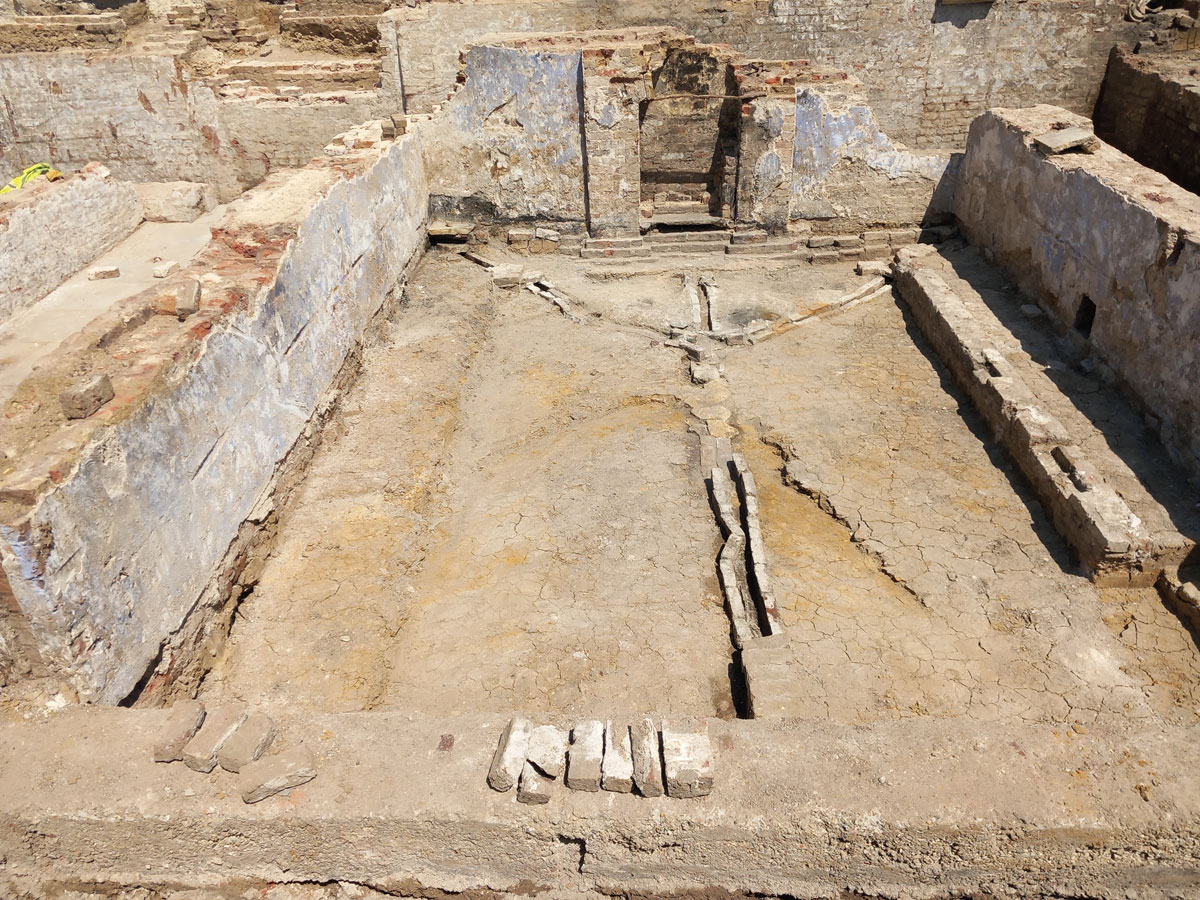
With the discovery of a nineteenth-century row boat, preserved at almost 15 feet in length, archaeologists have found something that might just appeal to an Olympic athlete. Uncovered in the silty deposits beside a windmill near the head of Pudding Mill River, the boat was built to be light, slender, and swift, rather than strong. It was probably designed as a kind of water taxi, perhaps for ferrying crew and goods to a larger ship. It is of "clinker-built" construction, a method using overlapping planks that dates back to the Saxon period (A.D. ca. 410–1066). Only a few other vessels using this building technique have survived, making it a rare and important example. The boat appears to have been converted into a pleasure boat, and then possibly used for wildfowling (lead bird shot was found in a locker added sometime later to the boat), only to be abandoned in the mid- to late nineteenth century, taking its riverine stories with it.










